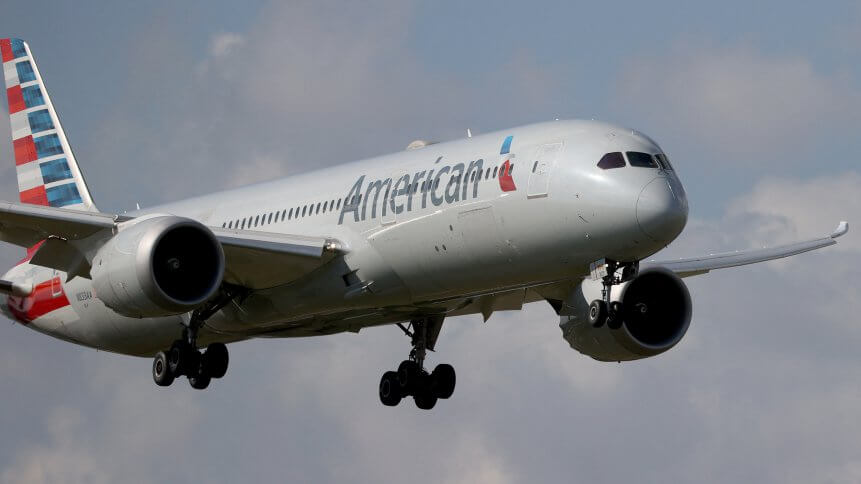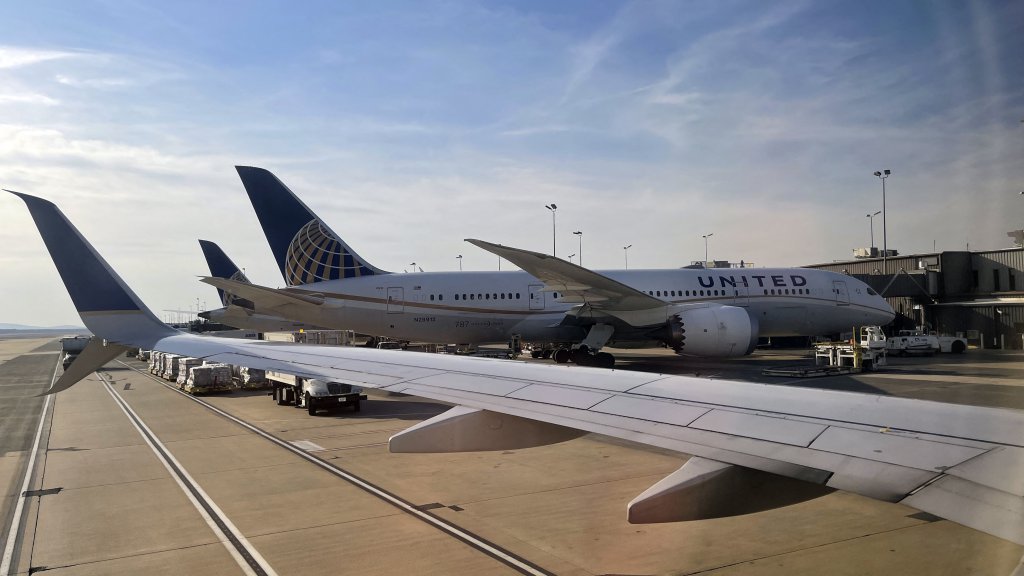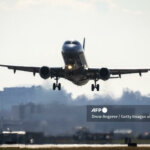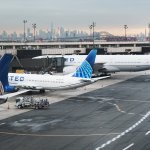Are 5G networks a threat to US aviation safety?

Despite years of research concerning 5G networks and their purported effects, the aviation industry continues to voice concerns over its implementation in the US. So far, airline companies, aviation bodies, government officials as well as C-level execs from aircraft manufacturing companies have all weighed in, requesting a delay in the deployments of 5G networks within proximity of airports in the US.
The dual deployment of 5G networks by Verizon and AT&T in the US was initially scheduled for January 5, 2021. After several pleas were made from airline companies, the Federal Aviation Administration (FAA), government officials, and the CEOs of Boeing and Airbus, the telco providers agreed to delay 5G networks deployment to January 19, 2021.
The two-week delay was hailed by US President Joe Biden; however, the issue may not be over yet. Details still needed to be sorted out, especially on the network deployment. The concern is that power levels for 5G transmitters could interrupt aircraft equipment and technology within the vicinity. And the telco companies are not looking to delay their deployment anymore longer.
According to a Bloomberg report, US aviation regulators will now release notices to pilots, which potentially restricts flights across hundreds of sites across the country which they feel aircraft equipment can be at risk from 5G networks.
The FAA has also released the list of 50 airports in the US that will have buffer zones when wireless companies turn on the new 5G C-band service on January 19. The agency sought input from the aviation community, where the proposed buffer zones would help reduce the risk of disruption. Traffic volume, the number of low-visibility days, and geographic location factored into the selection.
In recent years, 5G networks have been progressively deployed in countries throughout the world. In Europe for example, 5G networks are available in some countries and haven’t caused any problems for airline companies. In fact, the European Union Safety Agency (EASA) has not yet identified any risk or unsafe interference from 5G networks on aircraft in Europe.

(Photo by Daniel SLIM / AFP)
So why is there a problem with 5G networks in the US?
In early 2021, the US auctioned mid-range 5G bandwidth to telco companies in the 3.7-3.98 GHz range (C-Band) on the spectrum for about US$80 billion. For the aviation industry, radar altimeters operate in the 4.2-4.4 GHz range. The concern is that the 5G network bandwidth may interfere with the altitude measurement of radar altimeters.
YOU MIGHT LIKE

The AT&T and Verizon plan to mitigate 5G risk
At the same time, the altimeters help to minimize the risk of accidents or collisions by giving an accurate reading of the proximity to the ground. The readouts are also used to facilitate automated landings and to help detect dangerous currents called wind shear.
Compared to other countries, the close distance between the spectrum is a concern the FAA officials are worried about. For example, in France, their 5G spectrum ranges between 3.6-3.8 GHz, sitting further from the altimeters. France’s power level for 5G is also much lower than what US telco companies are planning.
Another example is South Korea, one of the first countries in the world to use 5G. Their 5G mobile communication frequency is the 3.42-3.7GHz band and there has been no report of interference with radio waves since the commercialization of 5G way back in 2019. It is also important to note that there are a number of 5G mobile communication wireless stations in operation near airports, but there have been no reports of problems.
CTIA, an organization that represents the U.S. wireless communications industry and companies throughout the mobile ecosystem, has also pointed out that nearly 40 countries around the world are using 5G in the C-Band with no impact on aviation. CTIA also pointed out there that there is a limited amount of mid-band spectrum available to power 5G networks. The C-band spectrum is one of the few options available in the US.
Moreover, delaying the deployment of 5G networks will be impactful to the economy. The 5G infrastructure in the US is expected to add US$1.5 trillion to the American economy and create 4.5 million jobs over the next decade, according to a study by Boston Consulting Group.
“Every six-month delay in 5G deployments costs our nation’s economy US$ 25 billion in economic benefits over the next decade, risks America’s competitiveness, and jeopardizes our ability to ensure global 5G leadership,” said CTIA.









